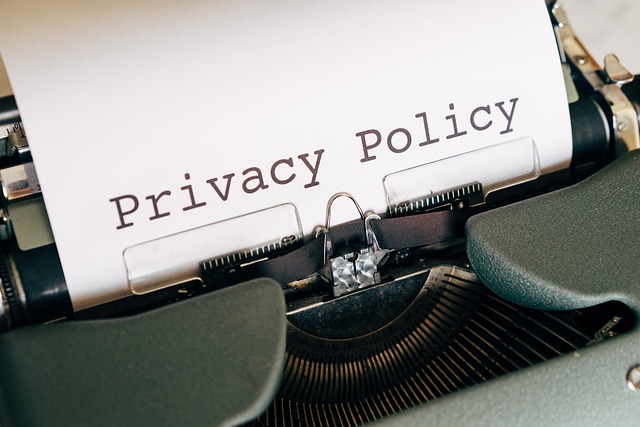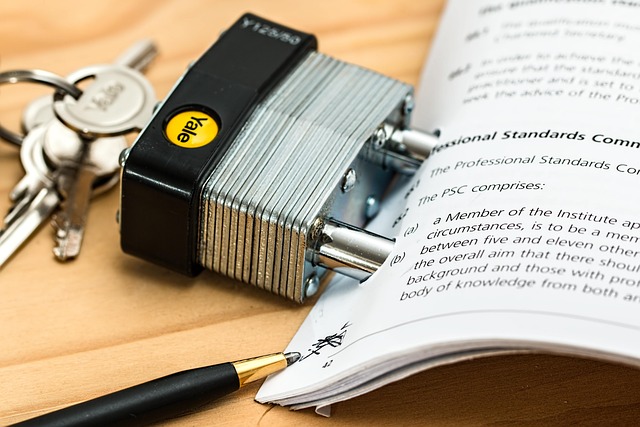Digital etiquette—often called netiquette—has evolved far beyond simple rules of politeness online. As billions of devices exchange personal information every second, the cultural norms that guide respectful digital behavior are increasingly informed by legal frameworks. International data protection standards, such as the General Data Protection Regulation (GDPR), the California Consumer Privacy Act (CCPA), and emerging global norms, act as catalysts that reshape how people communicate, share, and respect boundaries in the virtual world. Understanding this interplay between law and etiquette reveals why certain online practices have become accepted or frowned upon, and it shows how businesses and individuals must adapt to a landscape where privacy is a foundational right rather than an optional consideration.
The Global Rise of Data Protection Standards
For decades, privacy concerns were largely fragmented—state laws varied widely, and international cooperation was limited. The early 2000s saw a shift toward harmonization, driven by the rapid expansion of e‑commerce, social media, and mobile technologies. The EU’s Data Protection Directive of 1995 set a precedent, but it was the GDPR, enacted in 2018, that introduced a unified framework across all member states. Simultaneously, the United States began implementing state‑level laws like the CCPA and the New York Privacy Act, while countries in Asia, Africa, and South America drafted their own regulations. These developments created a set of “international data protection standards” that, while not globally codified, influence corporate policies worldwide through a combination of legal compliance, reputational risk, and consumer expectation.
Core Principles Guiding Etiquette
International data protection standards are built on several core principles that naturally bleed into digital etiquette. These include:
- Consent and Control: Individuals must give explicit permission for their data to be collected, processed, or shared. This principle extends to online interactions—users now expect clarity on how their messages, likes, and shares may be used.
- Transparency: Organizations must disclose data practices in plain language. On the etiquette front, this translates to clear communication about intent and expectations in digital conversations.
- Minimization: Only the data necessary for a stated purpose should be gathered. In practice, this encourages concise, purpose‑bound messaging rather than indiscriminate data dumping.
- Security and Integrity: Safeguarding personal information is paramount. Digital etiquette now often involves secure authentication practices, respecting boundaries around sensitive data.
- Accountability: Entities must be able to demonstrate compliance. For individuals, this means being mindful of the digital footprints they leave, knowing that traces of interactions can be audited or monitored.
From Consent to Courtesy: Practical Etiquette Shifts
As these principles become embedded in software design, the language of everyday online interactions changes. A simple “share” button is no longer a click; it is often accompanied by a brief statement about data usage, inviting the user to confirm or decline. Social media platforms now employ modal dialogs that explain how user-generated content may be used for advertising or research, thereby turning a casual action into a considered decision.
“People now view consent as an ongoing dialogue rather than a one‑time checkbox,” notes privacy consultant Lina Ortiz.
This shift promotes a culture of deliberation, where users pause to consider the reach and impact of their digital actions. The result is a more respectful online environment, with fewer impulsive data shares and a heightened awareness of privacy boundaries.
Case Study: Social Media Platforms
Major social networks illustrate how international data protection standards influence etiquette. When the GDPR was introduced, platforms such as Facebook, Twitter, and LinkedIn revised their privacy settings to provide granular controls. They added features like:
- Detailed data export options
- Opt‑out mechanisms for targeted advertising
- Clear explanations of data retention periods
These changes made users more conscious of how their interactions could be leveraged, encouraging them to question the necessity of each post or comment. The etiquette shift extended beyond individual behavior; companies now routinely consult data protection officers before launching new communication tools, ensuring that design choices align with both legal and social expectations.
Cultural Variations in Digital Etiquette
Despite shared legal frameworks, cultural norms still color how people interpret and apply data protection principles. In collectivist societies, for example, individuals may prioritize group privacy and therefore adopt stricter sharing habits online. Conversely, in more individualistic cultures, the emphasis may lie on personal autonomy, leading to a preference for explicit consent and selective data exposure.
International standards help harmonize baseline expectations, but etiquette remains context‑dependent. The result is a layered digital culture where global legal language coexists with local social etiquette—an interplay that businesses must navigate to communicate effectively and ethically across borders.
The Future: AI, IoT, and the Next Wave of Etiquette
Emerging technologies promise new frontiers for both data collection and etiquette. Artificial intelligence systems can analyze large volumes of personal data to personalize experiences, but they also raise questions about bias, surveillance, and the opacity of decision‑making algorithms. International data protection standards are beginning to address these challenges through provisions on algorithmic accountability and the right to explanation.
Similarly, the Internet of Things (IoT) expands the network of data‑collecting devices, embedding privacy considerations into everyday objects—from smart refrigerators to wearable health trackers. This ubiquity demands a new etiquette: users must become aware of the data trails created by mundane objects and must learn how to configure privacy settings in an increasingly interconnected ecosystem.
Practical Guidelines for Individuals and Businesses
To navigate this evolving landscape, stakeholders can adopt the following practices:
- Educate Yourself: Stay informed about local and international data protection laws and how they impact online behavior.
- Ask for Clarity: When encountering new features or services, request explanations of data usage policies before consenting.
- Practice Data Minimalism: Share only what is necessary; refrain from uploading sensitive personal information unless it serves a clear purpose.
- Verify Security Measures: Use end‑to‑end encryption for sensitive conversations and keep authentication methods up to date.
- Maintain Records: Keep a log of consents granted and revoked, as well as any data requests or deletions performed.
Businesses, in turn, should embed data protection considerations into product design, conduct regular privacy impact assessments, and train staff on ethical digital communication. By aligning internal policies with both legal standards and evolving social etiquette, companies can build trust and avoid costly compliance breaches.
Conclusion
International data protection standards are no longer a set of abstract regulations; they are the backbone of contemporary digital etiquette. As privacy becomes a fundamental right recognized across jurisdictions, the ways people interact online—how they consent, how they share, how they secure conversations—are reshaped by these frameworks. The future will bring further integration of technology and etiquette, especially with AI and IoT on the horizon. Individuals and organizations alike must remain agile, continuously learning how to balance openness with responsibility in an ever‑connected world.




